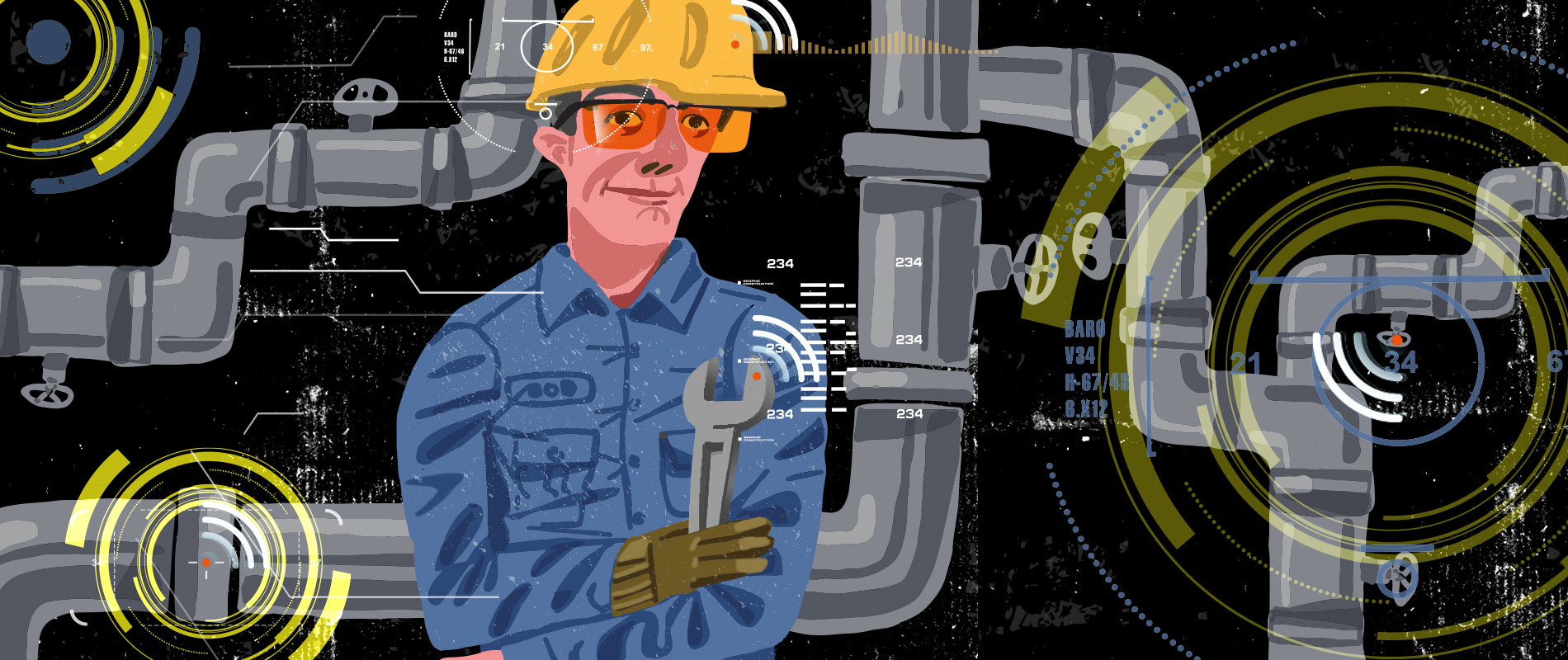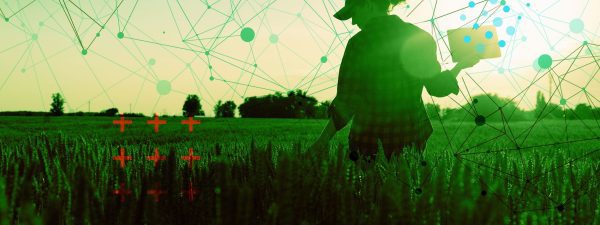As the Internet of Things (IoT) continues to evolve, businesses are leveraging the technology’s ability to collect, share, network, and act on data necessary for their processes and customers.
In the manufacturing sector, one of the most common applications of IoT is maintenance and equipment monitoring. Manufacturers are leveraging tech, specifically through computer imaging and wearable devices, to address their most pressing problems. Some manufacturers are using IoT sensors on machines to help pinpoint a failure or breakdown. These sensors can also be utilized for predictive maintenance–a supervisor receives a notification when a machine on the plant floor needs servicing. Moving away from a regular maintenance schedule has resulted in increased uptime and minimized costs.
IoT technology also helps reduce workplace risk, whether it be to people, plants, or equipment. Workers can be equipped with sensors, RFID tags, smartwatches, and other wearables to help reduce the risk of injury, improve worker safety, and lower workers’ compensation insurance claims.
Wearables and Smart Manufacturing
It has become common for people to use wearable technology, such as fitness trackers, to manage their overall health and well-being goals. In the manufacturing sector, engineers are deploying wearable technology to improve ergonomics, track workers’ locations during a crisis, and detect falls. Workers in certain companies use belts that track movement in the workplace. Others have their teams wear vests that monitor environmental conditions, air quality, and noise levels.
In addition, workers wear gloves that record data on how they use their hands and wrists on the job, improving worker safety. Others wear armbands that track how often a worker is pushing or pulling repetitively, to help reduce job-related injuries. And, straps worn around the chest or other body parts can monitor ergonomic issues or detect worker falls.
Risk management with industrial IoT
One of IoT’s biggest benefits to manufacturing is preventing water damage. Sensors can send an alert when moisture is detected in an area that should be dry–indicating a plumbing leak. Other sensors can monitor water temperature, humidity, and flow. These tools can trigger automatic shut-offs of water control valves, minimizing the risk of property damage and business interruption from accidental flooding. The most sophisticated systems employ acoustical water flow sensors to take continuous sound measurements from water pipes. From there, machine learning is used to transform those signals into signatures and water flow estimates. The data helps engineers to monitor water usage and predict unwanted incidents.
Many manufacturing facilities already utilize cameras in the workplace. IoT imaging software connects to existing cameras and uses computer vision to identify safety risks and trigger real-time alerts of unsafe behavior.
Cameras with AI software can also help monitor workers and improve compliance with safety protocols, such as wearing safety equipment; abiding by forklift zones and speed limits, ensuring proper clean up to prevent slip and fall accidents, and improving ergonomics. Imaging can also be used to identify incidents, including slips and falls.
IoT serves many benefits to the manufacturing industry–not just in improving workplace efficiency, but keeping workers safe and healthy. We can expect to see more developments in the near future as IoT continues to advance and improve.




